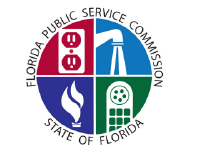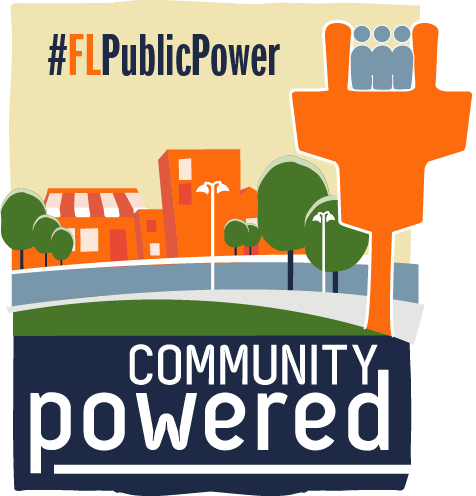FPL Backed by Tax Cuts, Irma Costs
 State regulators Tuesday approved a plan by Florida Power & Light to use federal tax savings to cover costs of restoring power after Hurricane Irma, despite criticism that the tax money should be used to lower customers’ base electric rates.
State regulators Tuesday approved a plan by Florida Power & Light to use federal tax savings to cover costs of restoring power after Hurricane Irma, despite criticism that the tax money should be used to lower customers’ base electric rates.
The decision by the Florida Public Service Commission came after a battle that pitted FPL against the state Office of Public Counsel, which represents consumers in utility issues, and two business groups. The issue involves hundreds of millions of dollars a year in savings from a federal tax overhaul and an estimated $1.3 billion in costs of restoring power after the 2017 hurricane.
FPL used money from a reserve to pay for Irma restoration costs and then planned to use tax savings to replenish the reserve. The utility argued that the move prevented customers from having extra costs added to their monthly bills to pay for restoring power after the storm.
But the Office of Public Counsel, the Florida Retail Federation and the Florida Industrial Power Users Group objected to the plan and said the tax savings should flow through to customers in the form of lower base electric rates.
The five-member Public Service Commission sided with FPL on the plan Tuesday. Also, the commission did not go along with a recommendation by its staff, which said FPL should be required to use tax savings to lower base rates after the storm costs are recouped.
Commissioners pointed to a 2017 base-rate settlement agreement that, in part, included the reserve to help FPL manage fluctuations in costs and revenues. The settlement also allows FPL to earn a maximum return on equity --- a closely watched measurement of profitability --- of 11.6 percent.
Commissioner Julie Brown said the utility is not exceeding that profitability level. “That is not the case, period,” Brown said.
But Public Counsel J.R. Kelly said the commission’s decision means FPL customers will not benefit from the 2017 federal tax overhaul, which in part lowered the corporate income-tax rate from 35 percent to 21 percent. The Public Service Commission staff recommended a $772 million annual reduction in base electric rates after the hurricane costs were recouped.
“They (customers) get nothing out of the tax benefits,” Kelly said after the commission vote.
Utilities have regularly been allowed to pass along costs to consumers for restoring power after hurricanes. As an example, the Public Service Commission earlier Tuesday approved a plan by Gulf Power to tack on extra monthly charges to customers’ bills to pay for $342 million in costs associated with Hurricane Michael.
But FPL’s use of the reserve and the plan to replenish it with tax savings differed from other utilities. Irma caused massive damage in FPL’s service territory in September 2017, about three months before President Donald Trump and Congress passed the tax overhaul.
FPL spokesman Mark Bubriski said Tuesday the utility plans to keep base rates unchanged through 2021 and that the plan allows customers to avoid getting hit with additional costs for the storm-recovery efforts.
“We plan to leverage tax savings to help us keep base rates frozen through the year at least 2021 while we continue to improve the service we provide,” he said. “This keeps more money in our customers’ pockets over the long term and ensures the system that serves them remains clean, reliable and strong.”
 Enter your email address in the
Enter your email address in the 